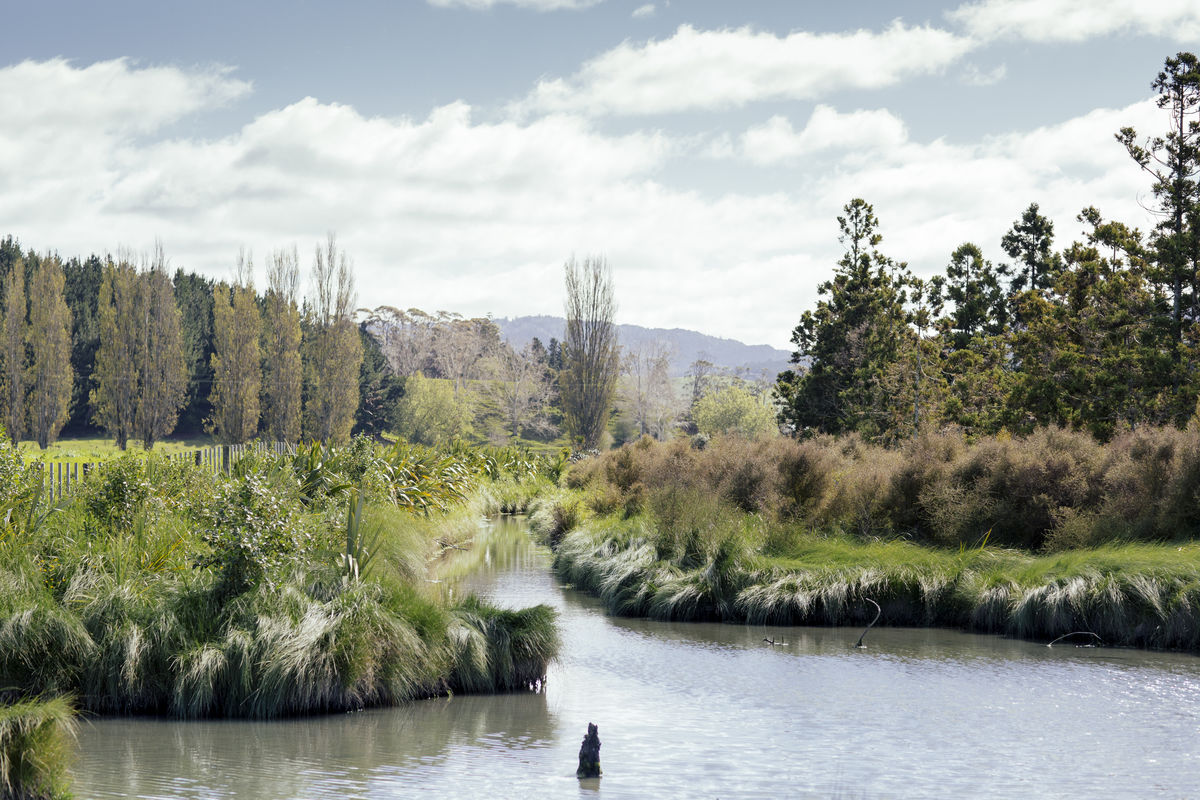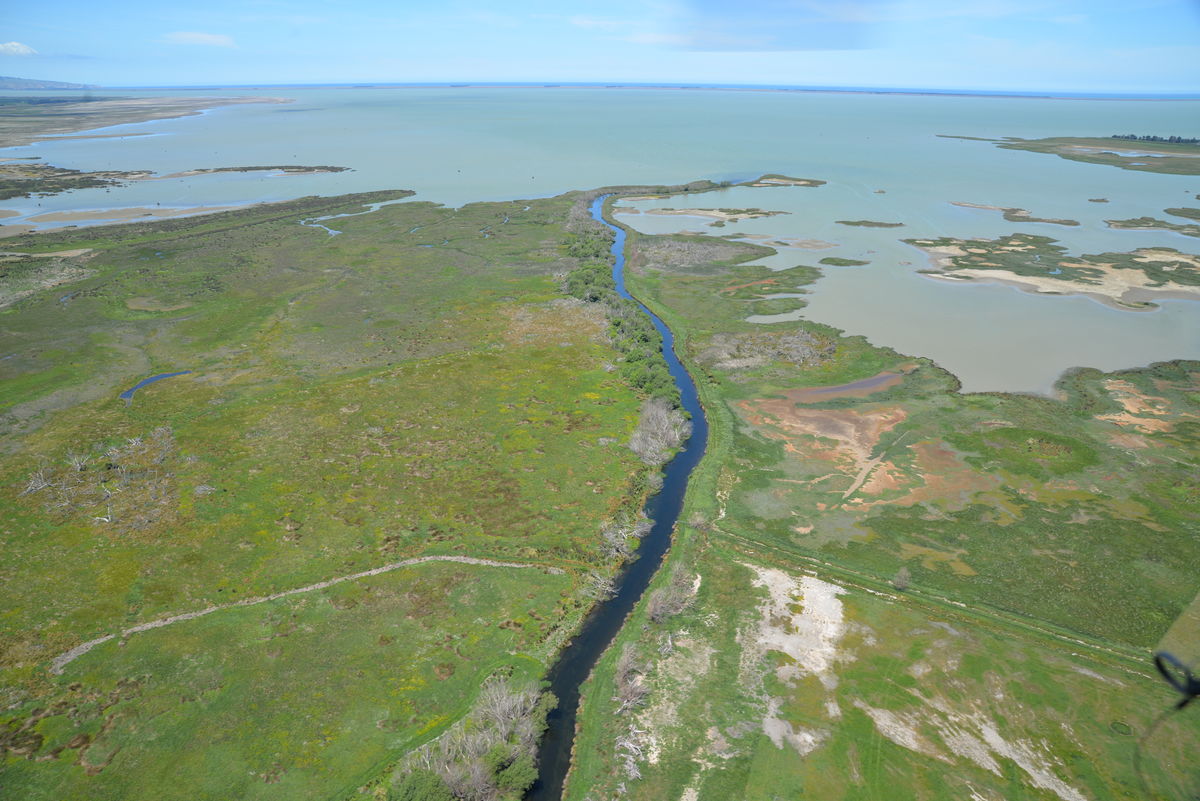
How we selected the Living Water catchments
Why focus effort at a catchment scale?
When DOC and Fonterra were forming the partnership, decisions had to be made on what work would be done and where. There was a common understanding that water and biodiversity issues wouldn’t be solved ‘farm by farm’ and that an ecological systems approach at catchment scale was needed. It was decided that Living Water efforts would initially be focussed within five catchments, which were identified using a range of criteria.
What was the process for selecting catchments?
The partnership understood that it needed to have clear criteria for selecting where it would work and on what projects.
DOC and Fonterra technical experts worked together and involved external stakeholders (such as councils, community organisations and the ag sector) to help develop criteria and select catchments. This was overseen by a steering group from DOC and Fonterra.
The initial selection criteria for identifying suitable catchments included:
- Location – must be in a dairy catchment with a significant presence of Fonterra supplier farmers and/or dairy factory operations. The key guiding factor was that dairying activities were a significant land use activity, there was potential to address some of the impacts (or off-set these impacts) and make a difference to water quality and biodiversity
- Visible Success – area needed to have national or regional importance to the New Zealand public/community
- Ecological Opportunity – area needed to have ecological opportunities that could achieve a positive meaningful improvement to ecological health within 10-year timeframe
- Management considerations: regulatory/non-regulatory drivers, difference made if managed, cost effectiveness per hectare
- Socio-cultural considerations: existing community partnerships, iwi interest, recreation/tourism stronghold
- Environmental considerations: current condition, rarity of ecosystem type, distinctiveness, presence of threatened species, ecological context, irreplaceability, vulnerability
These criteria were aimed at focusing attention into areas that were most likely to generate highest value and relevant projects. A combination of Fonterra maps showing the locations of dairy farms and DOC maps showing biodiversity value, along with local knowledge of areas were used to analyse and select the catchments.
The following were identified as the initial catchments:
- Kaipara Harbour, with a focus on the Wairua River, Northland
- Lakes Areare, Ruatuna and Rotomānuka, Waikato
- Western Firth catchments, Firth of Thames, Hauraki
- Te Waihora/Lake Ellesmere, Canterbury
- Awarua-Waituna Lagoon and Wetland Complex, Southland
Following a review of the Living Water programme in 2017, it became clear that the selection of large catchments areas was too ambitious given the timeframe of the partnership (10 years) and the significant budgets that are needed to achieve ecological restoration at scale. The partnership decided to significantly scale back the focus of work in all catchments and shift focus to ‘proof of concept’ trials in order to achieve impact within the 10 year timeframe of the partnership.
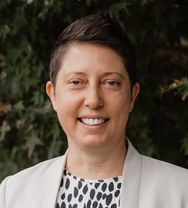
Sarah Yarrow
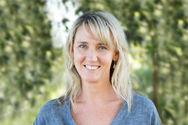
Trish Kirkland-Smith
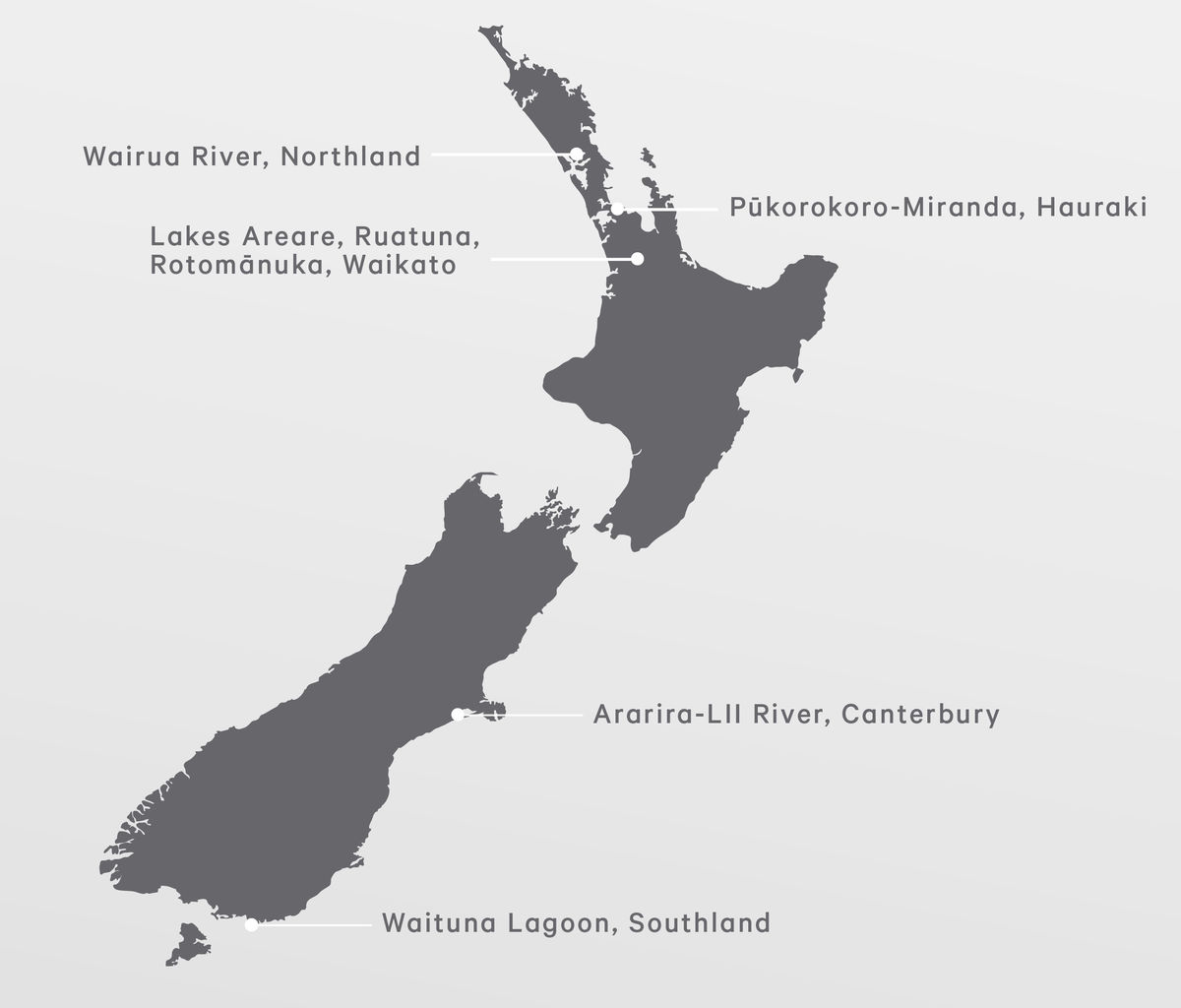
What has Living Water learnt about catchment selection?
- Be aware of the timeframe for your project. Living Water is a 10 year project and it will be difficult to achieve measurable improvements in freshwater environments in that time. Freshwater restoration is complex both socially and environmentally and it can take decades to show meaningful results.
- Be realistic about what you can achieve. Living Water initially chose large catchment areas, such as focusing on the whole Wairua River catchment of 75,000 hectares. Once we realised the size and scale of the task, and with the relatively small team of people and budget we had available, this was scaled back to a focus on smaller catchment areas such as moving from the Wairua River to focus on the Okarika Pocket at approximately 5000 hectares, so that a proof of concept project that would be achievable in the 10 year time frame of the partnership could be completed.
- Expect to spend time and money gathering information. Every catchment is different and requires its own set of information. Living Water chose catchments where there was minimal or no environmental data specific to the catchment and no catchment plan in place. We subsequently spent several years at significant investment gathering baseline information before decisions could even be made on what meaningful action to take. A key lesson is to consider the information needs early on in the project and if possible, start in places where there is already information available.
- It can help to work with people, groups, or landowners who are ‘plan ready’. Places where people are already organised, maybe have a catchment group, have thought about what they want to achieve and have gathered some information is a really good place to start. Councils, iwi organisations, industry organisations and the NZ Landcare Trust are a good source of information for this.
